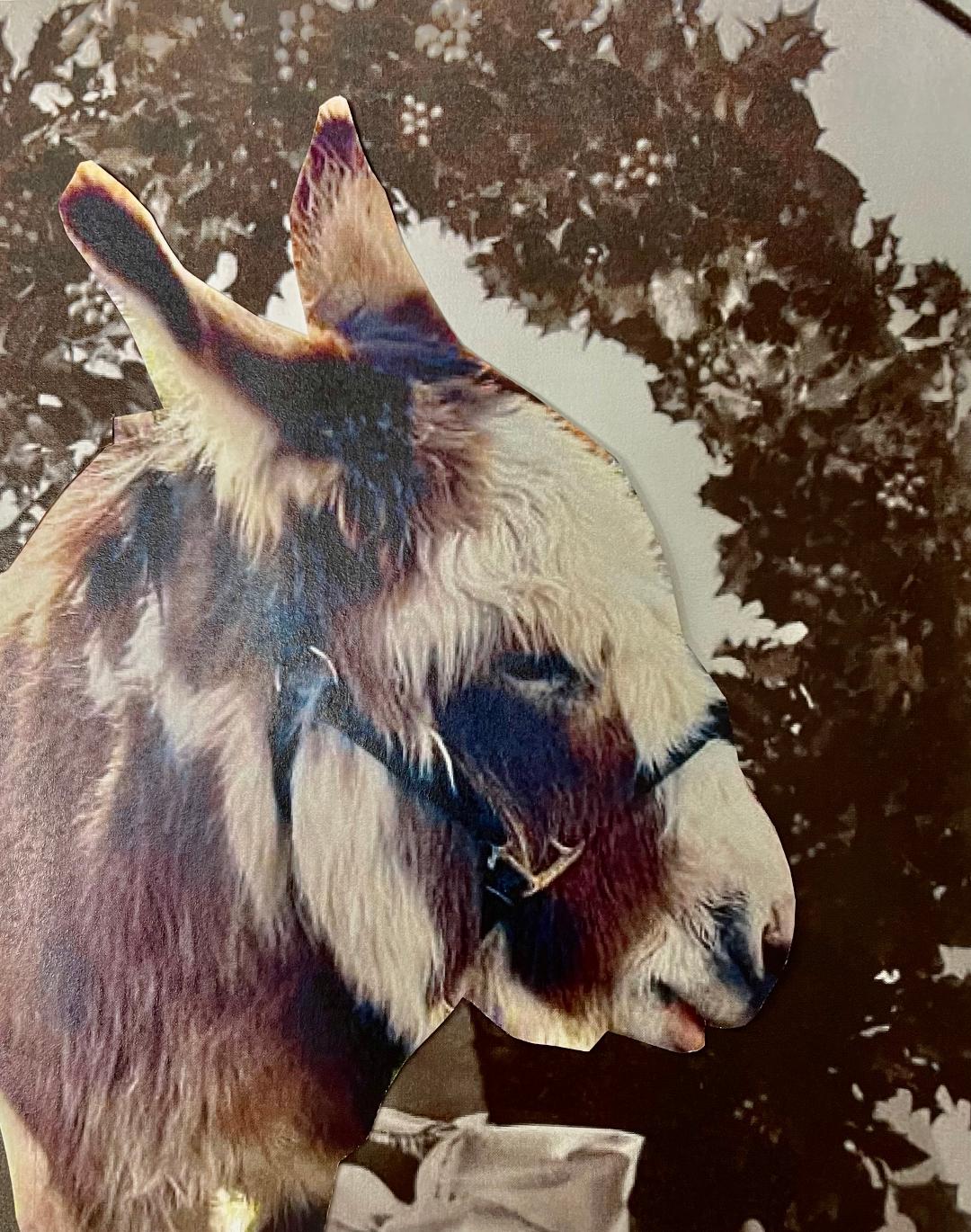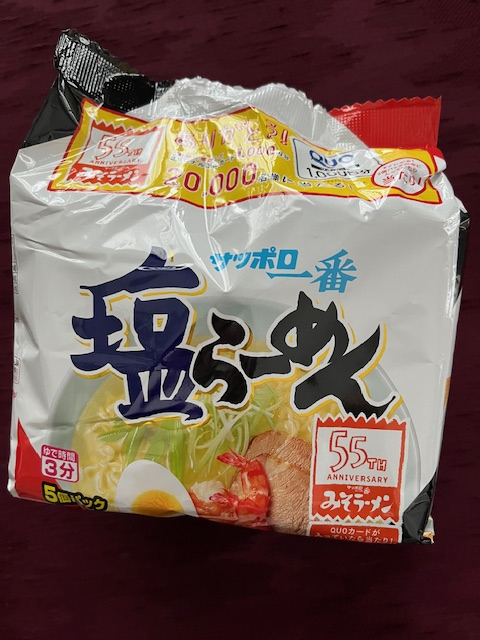Dear readers, my friend Chuck Cochran died on Christmas Eve.
I featured Chuck this year in my Veterans Day column. Last month, when I wrote about his military career, I had no idea that I would soon be writing his obituary. It was only a couple of weeks later that Chuck assigned me that honor.
I answered my phone early one late November morning and heard a familiar commanding voice, “Kris, this is Cochran. Come over to my house immediately.”
Receiving marching orders from the retired Lieutenant Colonel was not unusual. Chuck was known by his friends to be curt, opinionated, stubborn, and bull-headed. After Chuck died, his long-time friend and fellow antique automobile collector Steve McManus put it best, “Those of you who didn’t know Chuck, or didn’t understand him well enough to get past his initial gruffness, really missed out.”
When I arrived at his home that morning, I found Chuck in the living room with several other friends of his that he had summoned. Chuck was not feeling well and had decided that he needed to go to the hospital. Actually, “not feeling well” is an understatement. Chuck was clearly having thoughts of impending doom. He was assigning each of us specific tasks.
My task was to write his obituary. Chuck dictated the exact words that he wanted to describe his departure from this world, “Lieutenant Colonel Chuck Cochran blocked out on God’s time for an on-time departure.”
He then said, “Kris, you know me well enough to fill in the details.”

As usual Chuck was right. I did know him well enough to fill in all the details, but somehow, I still screwed it up.
Chuck was a generation older than me, but we both grew up near Morrison Park. We shared the same childhood memories of countless youngsters who grew up in that area of town. In the years I had known him, he shared with me the stories of his life. I knew him well.
Chuck graduated from Shelbyville High School in 1948. Yes, he was a junior when SHS won the state championship in 1947. Chuck had many stories and fond memories about the championship class of ’47. Chuck was the center on the reserve team. He not only knew the members of the championship team, but he played against them weekly. Every Wednesday the coach held a scrimmage between the varsity and reserve teams.
Every year senior classes come and go, but not the Shelbyville class of 1947. It isn’t forgotten. This year, Indiana University celebrated the opening game as “Bill Garrett Game” in honor of the center on Shelbyville’s championship team.
Somehow when putting the details in Chuck’s obituary, I put him in the class of 1947 instead of 1948. Genealogists of future generations will mistakenly put Chuck in the class of 1947 instead of 1948 and it will be my fault. I guess if I was destined to make an error, putting him in the championship class isn’t all bad. It is certainly better than if it were the other way around.
Taking someone out of the championship class would have been unforgiveable. Basketball isn’t everything in life, but to kids growing up in Indiana, it’s close. After all, the most famous high school movie about basketball is named “Hoosiers.”
Those of you who made it to the end of my column this week are probably wondering what the photo of the old car has to do with Chuck Cochran. The car was restored by Chuck.
It is a 1934 Chrysler Imperial Airflow Model CX and is in Jay Leno’s collection. Chuck was nationally known for collecting and restoring antique automobiles. Pretty cool for guy from SHS class of ’48.
I’ll fill in the details in a future column.
See you all next week, same Schwinn time, same Schwinn channel.
Get the most recent Shelby County Post headlines delivered to your email. Go to shelbycountypost.com and click on the free daily email signup link at the top of the page.


















